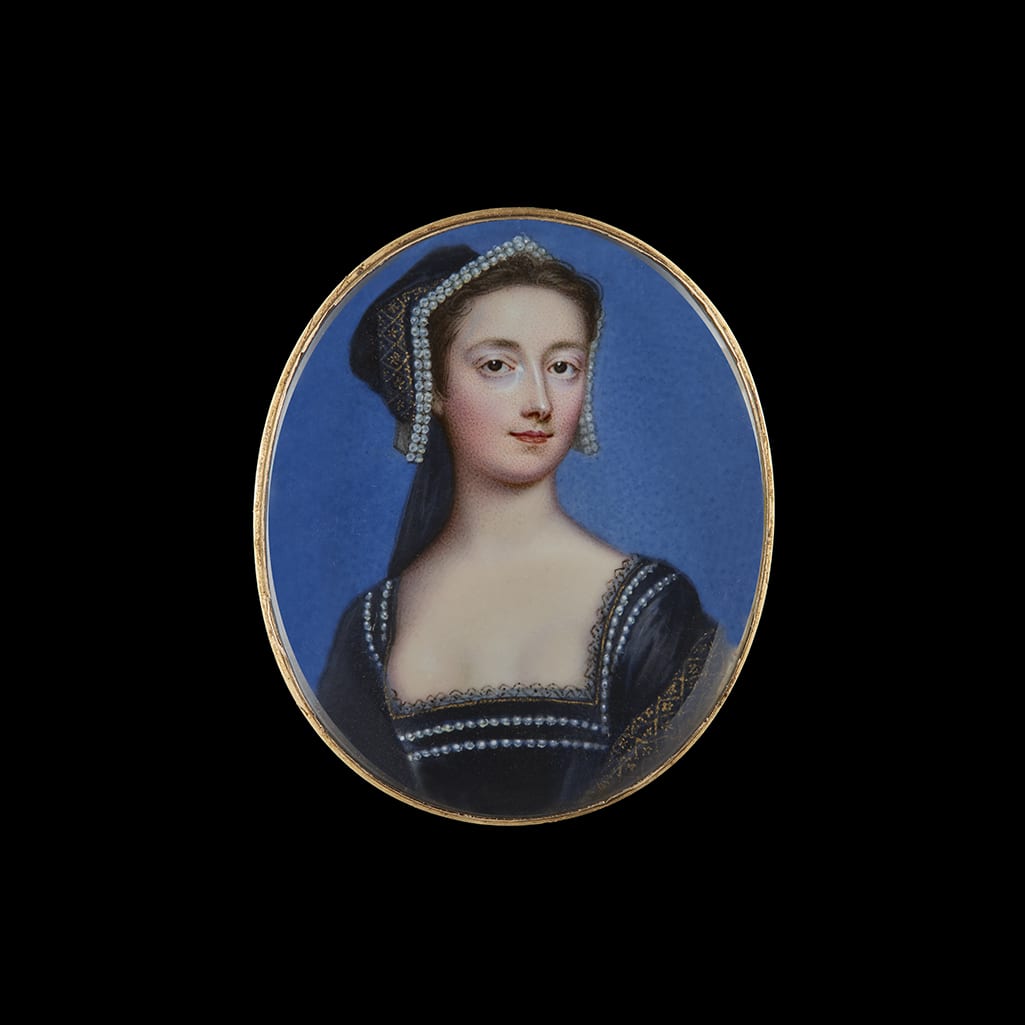The Bluestocking Circle (act. c. 1755-c. 1795) was a high-class literary salon that promoted intellectual discussions and functioned as a social, artistic, and academic network. Conceived in the mid-eighteenth century, the group was founded by three distinguished ladies: Elizabeth Montagu, Elizabeth Vesey and Frances Boscawen. The significant social status of these three women allowed them to use their influence to attract the great thinkers of their day to their London homes. The Bluestockings Society began as meetings for both sexes, where food, drink, and most importantly ideas were circulated amongst men and women of letters. They stood against the debauched, male-dominated aristocratic societies of the eighteenth century, such that the term 'bluestocking' denoted an accomplished and virtuous intellectual, who was politically engaged and well-read. Members were trained in multiple disciplines, and were specialists in varying fields to ensure eloquent and requited exchanges that would further the knowledge and harmony of the group as a whole.
The term was formerly imbued with derisive connotations, and was used to mock members of Oliver Cromwell's Parliament in 1653: the word was intended to conjure images of puritans as unfashionable, and wearing inappropriate dress. It was a century later that the word was invigorated with new meaning, when scholar and botanist Benjamin Stillingfleet appeared at a literary salon hosted by Elizabeth Vesey wearing blue worsted stockings instead of the more socially acceptable white silk.
What began as an informal social gathering with an intellectual agenda, morphed into what can almost be described as an early feminist activist group, which promoted and encouraged the publication of texts by women by fostering relationships with female writers within their network. Champions of female literacy and education, the stockings eventually hosted predominantly, and then solely, female members. By the 1770s the term 'bluestocking' referred uniquely to women.
Elizabeth Montagu (1720-1800), depicted in this portrait miniature by Christian Friedrich Zincke (1683-1767), was a social reformer, writer and literary critic, and a particularly active member of the group. A passionate advocate for women in literature, Montagu was an important patron for various literary endeavours. Her management of her husband's Northumberland coalmines brought her family great wealth, which she invested into cultural projects in London. When she became widowed in 1775, she used his legacy to fund the publication of works by female writers, such as Sarah Fielding and Anna Williams. She also used the money to build Montagu House, a mansion in Portman Square where her assemblies for the Bluestockings continued on a grander scale than before. The opportunities that Montagu created and promoted for female writers catalysed a newfound appreciation for women's intellectual capacity: participants perceived the bluestockings as an alternative to formal clubs and secret societies such as the freemasons, as well as universities, to which they were denied access. Indeed, in her novel A Description of Millenium Hall and the Country Adjacent, published in 1762, Sarah Scott, Montagu's sister, imagined a feminist utopia, where women lived in a harmonious community, secluded from domestic responsibility, and could instead dedicate their lives to the arts and acts of charity.
This novel is just one of many examples of the feminist legacy of the Bluestockings. By the 1790s, the term was imbued with a more radical meaning with the emergence of the rise of women's education and self-advancement. Anna Barbauld's pioneering Lessons for Children, published in 1778 and Hannah More's The Sunday School, were both revolutionary in improving literacy amongst young women, while Mary Wollstonecraft's seminal A Vindication of the Rights of Woman (1792) revolted against traditional perceptions of women as weak and emotional, and the notion that women exist purely for male pleasure. This more militant feminism that was birthed with the writings of Barbauld and Wollstonecraft undeniably had its roots in the empowering efforts of the Bluestockings, as well as the society's promotion of female friendship, and the fantastic and inspiring publications of its members.




